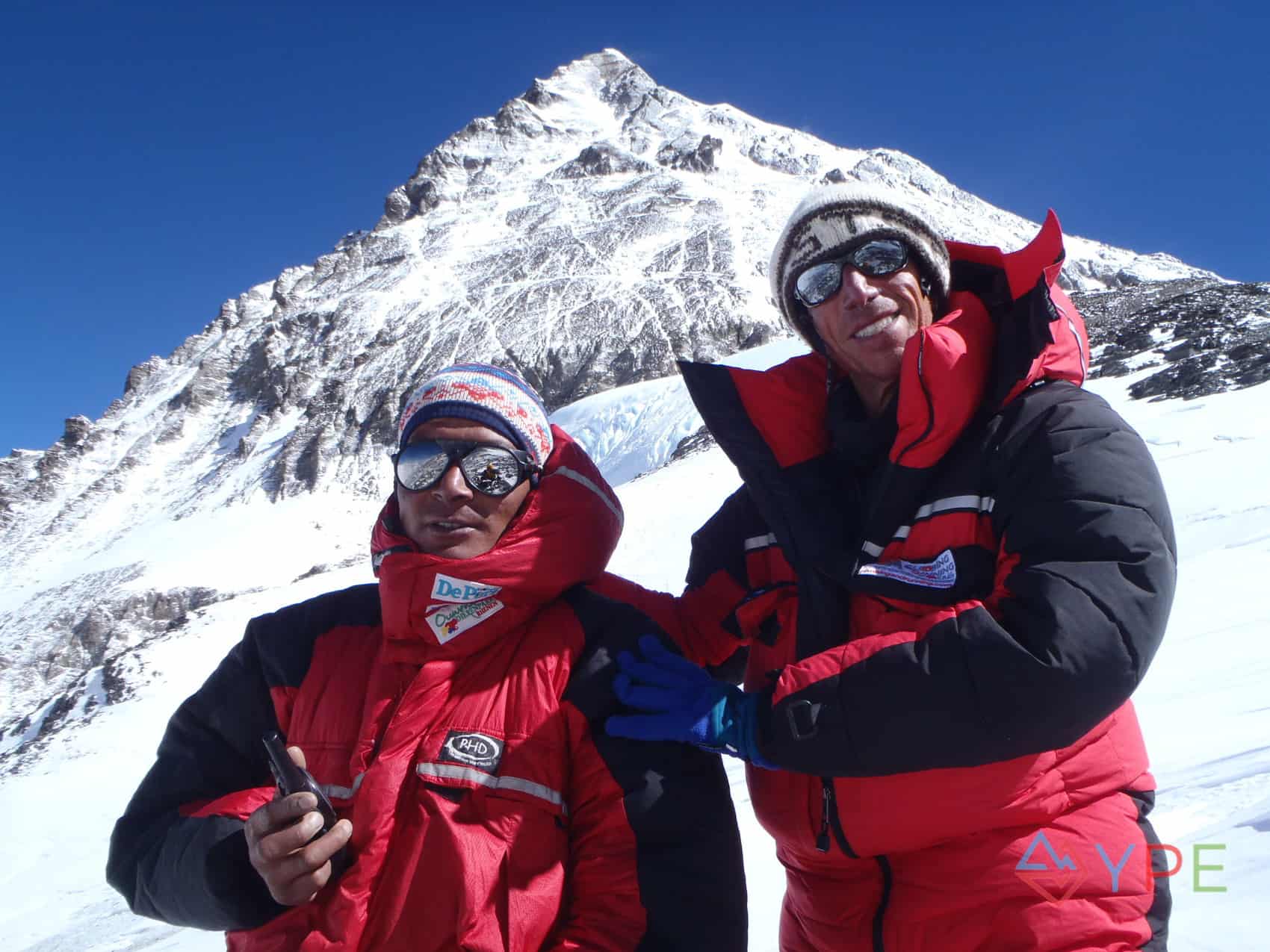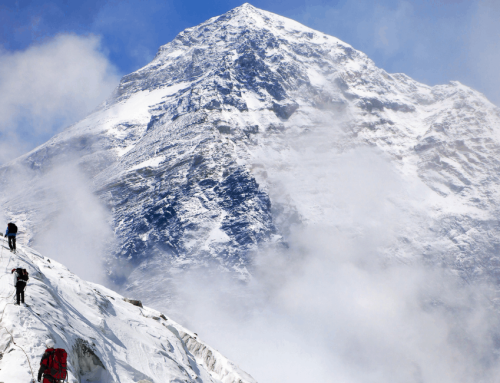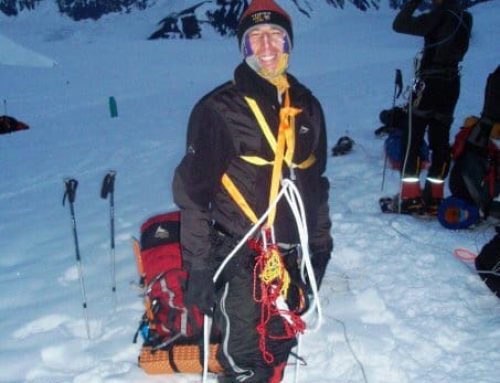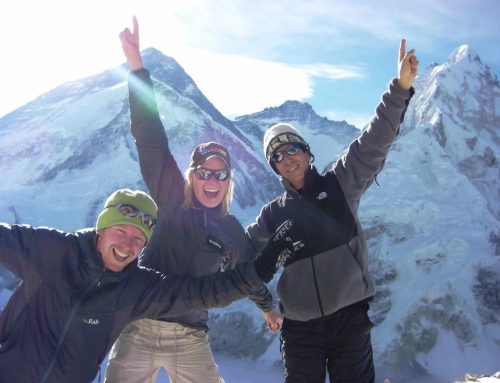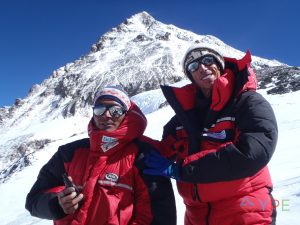
What is absolutely indisputable is the critical role of the Sherpas in the Himalayas and certainly on Mt. Everest; starting with Tenzing Norgay and Hillary. The bond that the real Lakpa and I had on Everest continues to this day, and we continue to be “life-long friends”. The intense scene below the Hillary Step where in -40 temperatures and +40 mph winds with our oxygen depleted is 100% true. We summitted without oxygen together and Lakpa saved my life.
As I wrote the manuscript and in subsequent edits, I had some key messages and morals in mind that I wanted to come out through our real-life experiences with the Sherpas. The morals are intended in subtle ways to communicate, but these topics are the most important areas that I would love for our own children and grandchildren to glean from the words and pictures. Some of these themes that were important to the Sherpas (and us) on the mountain are:
- Respect for the mountain – The first thing we’re taught in basic mountaineering courses is “Leave No Trace” as well as dispensing with the notion that one can ever “conquer” any mountain. From the local name story to Lakpa giving my Cherry Sport Beans to Sagarmatha, the message is about having respect for all mountains; whether we climb them or not.
- Attitude at altitude and humor – It is hard to not have a bad attitude sometimes on the mountains (or off!) and I am no exception. The depiction of Molly offering me water is based on numerous events where grumpiness and not working together threatened to derail a summit. The scenes of the Lama receiving a cellular call in the middle of the Puja prayers, as well as the bathroom scenes (and “wee-wee songs”) are there to show that sometimes you just have to laugh at the situation or yourself.
- Long-term goal-setting, plans and training – I really wanted to highlight that we can make multi-year plans, and through hard work, discipline, and critically, the big-mountain and other training experience so necessary for Everest.
- Determination and resiliency – The importance of keeping going even on the hardest days and having the grit to see commitments through, just as the Sherpas do every day.
- Teamwork and collaboration – Mountains are climbed under your own power, but the power of the team is much greater and the requirement that diverse individuals work together at high-altitude to see a common goal, even when it means going at a slower or faster pace.
- Female empowerment – As accurate as our climbs, showing that women climbers and Sherpas were more than equal to their male counterparts was something that I wanted to show and how having a diverse gender group makes for a better climbing experience.
- Men and women working together as friends – Something that is also very true and that I wanted to highlight in the story, much as many of us have “climbing buddies” (or “running friends”). Examples include having separate sleeping bags and revising one drawing where Molly’s arm was around Max’s waist; and we accurately changed it to show her arm kind of resting on his shoulder as buds.
- Facts and figures – Finally, I would have written the same book twenty-years ago, but also in the Internet age, I worked hard to incorporate true-life interesting stories (“how did they know how tall Everest was in the late 1800s?”), to the accurate altitudes of various real locations, to the up-and-downs that climbing entails.
What many of us learned from the Sherpas on the mountains stayed with us long after the descent and flight home. The values that these outstanding women and men exhibit every day, under the harshest of conditions, are something that we can all want for our children and grandchildren to learn from. The symbiotic relationship between Sherpa and Client, and the special bonds that are formed on the mountain are metaphors for how we can all work better together to achieve things we never thought possible.
Your fellow traveler,
Mitch
January 3, 2021


